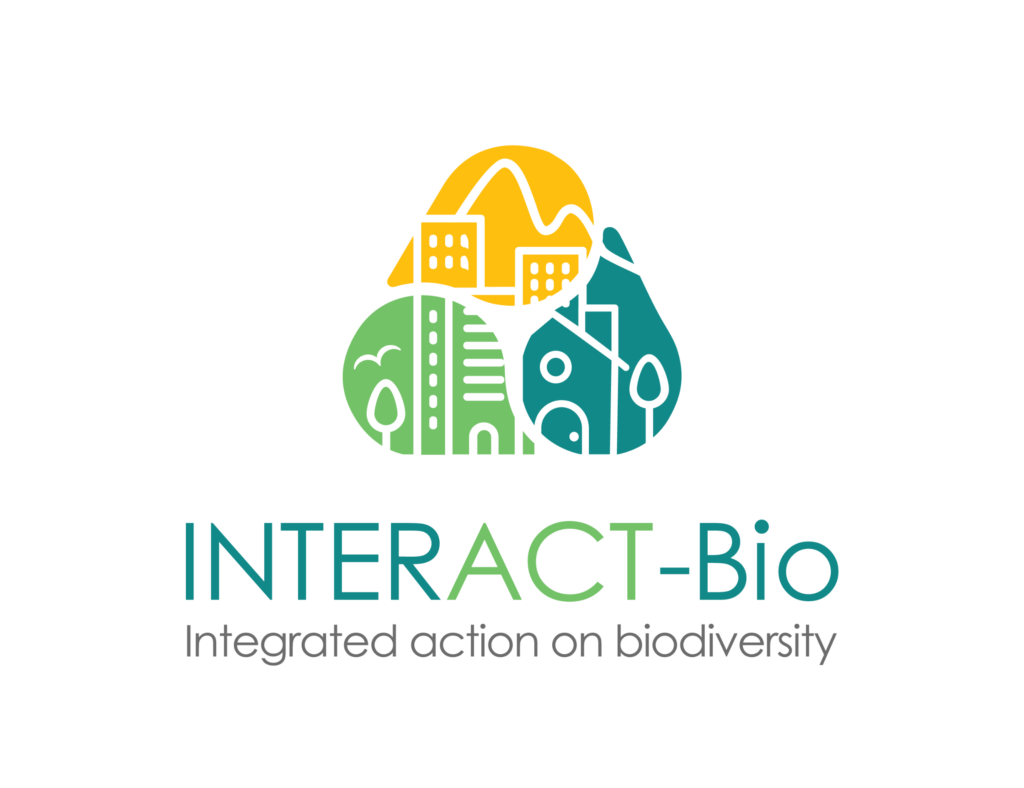16 May 2024
Dar es Salaam City develops stronger, more integrated biodiversity plan



The City of Dar es Salaam has revised and strengthened its Local Biodiversity Strategy and Action Plan, clearly showing how the intersection between biodiversity and urban planning can help to identify projects that balance rapid urban growth with the need to retain and enhance the benefits from urban nature.

LBSAPs: A local tool for biodiversity planning and action
Developing national biodiversity strategies and action planning is a familiar activity for countries that subscribe to the UN Convention on Biological Diversity (CBD). However, national and global biodiversity aspirations cannot be advanced without on-the-ground action. Local action is equally as essential as national strategies for global impact. Since 2010, formal recognition has been given to the role of local governments in biodiversity planning, giving rise to a new planning mechanism: the Local Biodiversity Strategy and Action Plan (LBSAP). This local planning tool includes visioning, goal setting and allocating resources to support biodiversity and urban nature at any subnational level jurisdiction.
Unlocking biodiversity action through integrated planning
With support from ICLEI Cities Biodiversity Center, the INTERACT-Bio project – an abbreviation for “Integrated Action on Biological Diversity” – Dar es Salaam, Tanzania, launched its first LBSAP in 2022. The first version of this LBSAP followed a relatively conventional approach, keeping to goals relevant primarily to the biodiversity sector. A recent revision of the Dar es Salaam LBSAP took a more comprehensive view: It connects strongly with urban land use and planning aspects which in turn facilitates entry points to urban activities such as zoning, development control, disaster risk reduction and linking green and grey infrastructure through, for example, the government’s capital investment plans. The innovation of the LBSAP expands opportunities to explore biodiversity co-benefits to other sectors, thereby opening cross-sectoral collaboration and unlocking possibilities for co-funding.
The innovation of the LBSAP expands opportunities to explore biodiversity co-benefits to other sectors, thereby opening cross-sectoral collaboration and unlocking possibilities for co-funding.

Valuing and expanding original biodiversity focus areas
The revised Dar es Salaam LBSAP retains its original focus areas: raising awareness about the benefits of biodiversity across all sectors; maintaining, expanding and restoring its natural assets; and links between waste management, livelihood improvement and biodiversity. Based on stakeholder requests, a more detailed emphasis on the maintenance and restoration of the East African coastal forest elements in Dar es Salaam was included as part of the LBSAP. The East African coastal forest is a globally important biodiversity hotspot. Remarkably, despite rapid urban growth in Dar es Salaam, remnants of this important biodiversity remain within the city’s boundaries. In addition to these aspects, and retaining the original focus, the revised LBSAP is more expansive in its inclusion of urban land use management and mobilising financial resources.
Biodiversity meets urban land use planning
Land use and land use decisions have significant consequences on urban biodiversity and the services that nature can provide in the city. The Dar es Salaam LBSAP speaks to improved alignment between national-level policies and strategies, as well as local-level bylaws and regulations. Within this goal, the LBSAP emphasises the linking of spatial and economic plans, alignment of spatial plans, developing innovative local structure plans that incorporate ecosystem services, improving land tenure systems, addressing the role of urban nature in informal settlements, strengthening development control mechanisms, fostering local economic development, integrating master plans with green and blue infrastructure planning, and developing more innovative zoning schemes. This integrated approach strikes a balance between urban land use planning and urban biodiversity planning for more meaningful harmonisation between people and nature in urban spaces.
Preparing for investment and implementation
The revised Dar es Salaam LBSAP also departs from the first version by using the LBSAP goals to encourage the formulation of projects, with emphasis on readiness for investment and implementation. The LBSAP’s finance goal highlights the need to select appropriate finance mechanisms ideally suited with project concepts and local context. During a recent validation workshop , this was illustrated through presenting pilot work on selecting suitable finance mechanisms for biodiversity projects that the INTERACT-Bio project had done for the Waterberg District Municipality in South Africa. The Dar es Salaam LBSAP also presents a tiered system of project prioritisation with filters to determine which project characteristics provide the best chance of success. In the first tier, institutional support (e.g. political will, enabling policy, potential or actual partnerships), access to financing and clear potential entry points for biodiversity through urban planning to other sectors, play an important role in screening a project. In the second tier, identifying priority ecosystem services for a project, such as water security, pollution reduction, livelihood enhancement and other LBSAP goals are emphasised. The updated LBSAP emphasises project formulation and readiness for investment. By selecting suitable finance mechanisms and prioritising projects based on their potential for success, Dar es Salaam aims to accelerate biodiversity conservation efforts.
Local-to-global impact through reporting
Apart from aligning an LBSAP to the country NBSAP, cities and subnational governments can use their LBSAPs to contribute directly to Global Biodiversity policy aspirations by reporting their LBSAP commitments on the CitiesWithNature Action Platform. From here, reports can be drawn to show how cities around the world are supporting local, national and global biodiversity goals. This enables the sharing of best practices and showcases cities’ contributions to global biodiversity conservation.

About the INTERACT-Bio project:
The Integrated Action on Biodiversity (INTERACT-Bio) project, a Global South initiative, aims to improve the utilization and management of urban nature within rapidly expanding cities and the regions surrounding them. The project is funded through The International Climate Initiative (IKI), a key aspect of the German government’s international climate finance commitment. Since 2022 the IKI is implemented by the Federal Ministry for Economic Affairs and Climate Action (BMWK) in close cooperation with the Federal Ministry for the Environment, Nature Conservation, Nuclear Safety and Consumer Protection (BMUV) and the Federal Foreign Office (AA). The project, running from 2017 to 2024, focuses on urban communities in Brazil, Tanzania, India, South Africa, China and Colombia, where fast-growing cities fall within biodiversity hotspots of global significance. The project provides interventions at subnational government level to promote the institutional integration necessary for effective realization of the benefits of urban nature across sectors and levels of government. To date, project mainstreaming approaches have included outreach, enhancing national-subnational dialogue and collaboration, investment cases and pilot projects. Strengthening the capacity of city-regions to integrate nature into land use, infrastructure and development planning is a major objective of the project.


